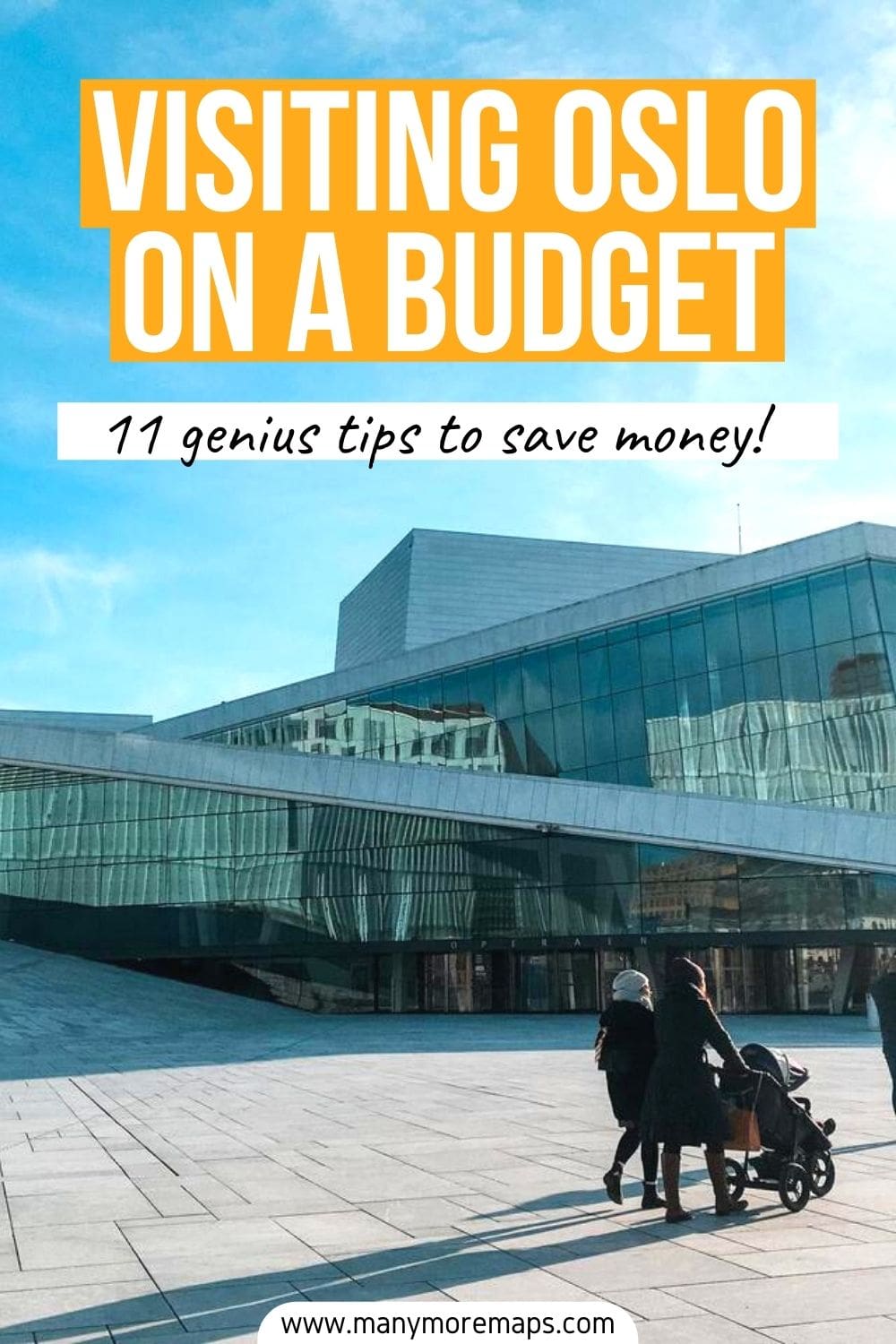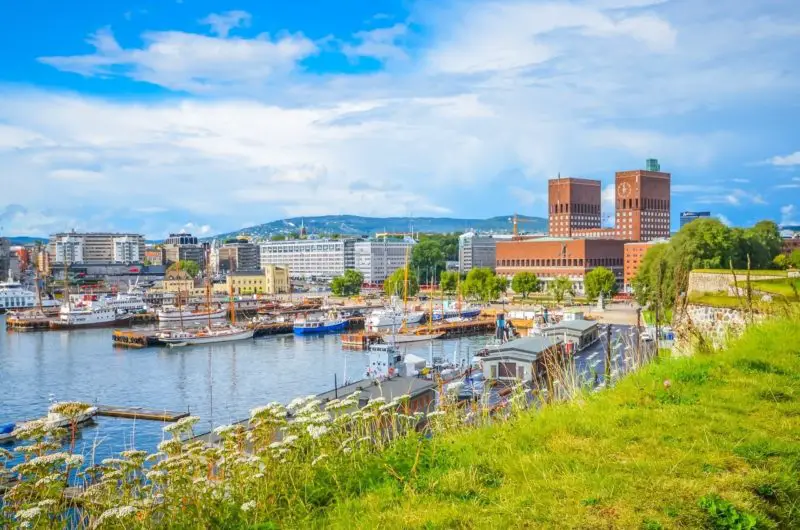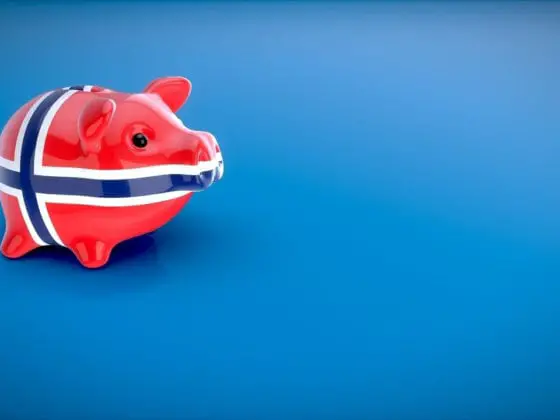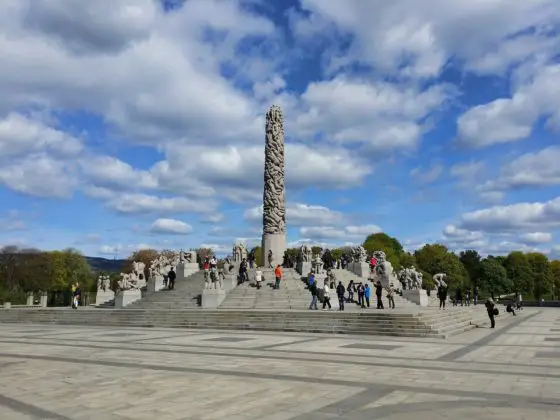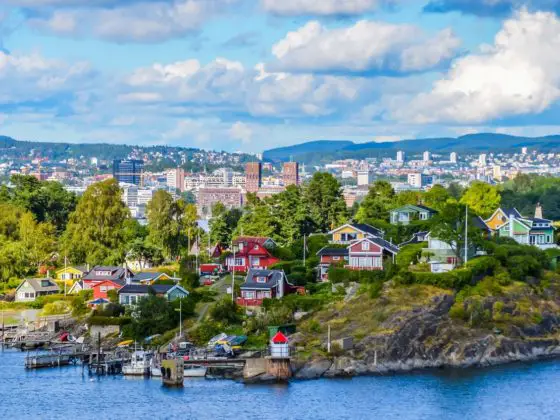There is a good chance that this post contains affiliate links. If you make a purchase through them, I may receive a small commission at no extra cost to you! As an Amazon Associate, I earn from qualifying purchases. As ever, all opinions are my own.
Is Oslo expensive? It’s a logical question. Norway is one of the most expensive countries in the world, so surely a visit to its capital city, Oslo, will be impossible to visit on a budget. Right?
Wrong!
There’s no denying it – Oslo is an expensive city, and you’re definitely not going to find it on any list of Europe’s top budget destinations. But the idea that you need to have a shedload of cash to visit Oslo is such a misconception.
When I found insanely cheap flights to Oslo, I figured I would give Norway’s capital city a shot. I was pretty terrified about how expensive Oslo was rumoured to be though! I expected to have to be really strict with myself to make sure I didn’t return home broke.
Much to my surprise, I didn’t actually spend that much in Oslo!
So, how expensive is Oslo really? In this post, I’ll share prices in Oslo that you can expect to pay as a tourist, insights from my own experience of visiting Oslo on a budget, and share my exact expenses to help you to budget your trip effectively.
Top tip: The currency in Norway is the Norwegian Kroner (NOK), but I have listed the prices in this post in Euros and NOK to keep everything simple.
Table of Contents
Price of Getting to Oslo
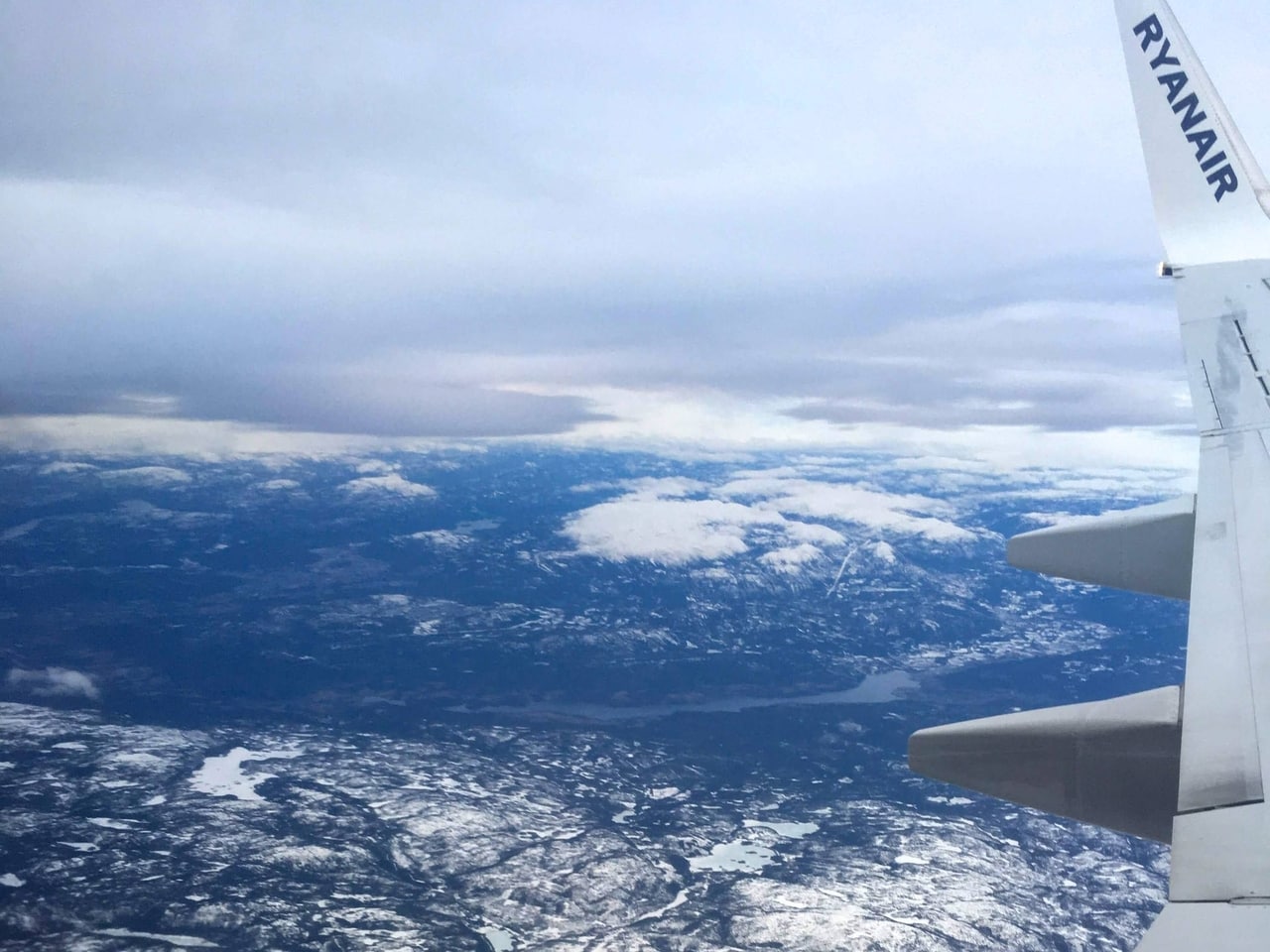
Getting to Oslo can be pricey depending on when you’re flying from. Unlike Central Europe, where you can hop on a train and be in a new country in an hour, you’ll probably have to fly to Oslo.
Luckily, Oslo is the hub of budget airline Norwegian Air, which connects a lot of the US and Europe with Oslo for dirt cheap prices! Another airline I highly recommend looking into if you’re flying from Europe is Ryanair.
I flew from London to Oslo with Ryanair and Oslo to London with Norwegian, so I can vouch for them both. Each flight cost me just €10.
Skyscanner is the best tool to search for your flights as they search across airlines, meaning you can combine airlines to get flight times and prices that work best for you.
Oslo Gardermoen or Oslo Torp?
One thing I noticed is that many budget airlines such as Ryanair and Wizz Air also fly to Oslo Torp Airport. Don’t be fooled – Oslo Torp Airport isn’t even in Oslo!
Oslo Torp is approximately 1 hour 45 minutes from Oslo city centre. There’s literally no need to fly to this airport, as the flights to Oslo’s main airport (Oslo Gardermoen) are usually just as cheap, but it’s only 20 minutes away from Oslo city centre.
Check that you’re booking the right airport or else you’ll lose a ton of valuable sightseeing time (and have to pay more to get to the city).
Cost of Accommodation in Oslo
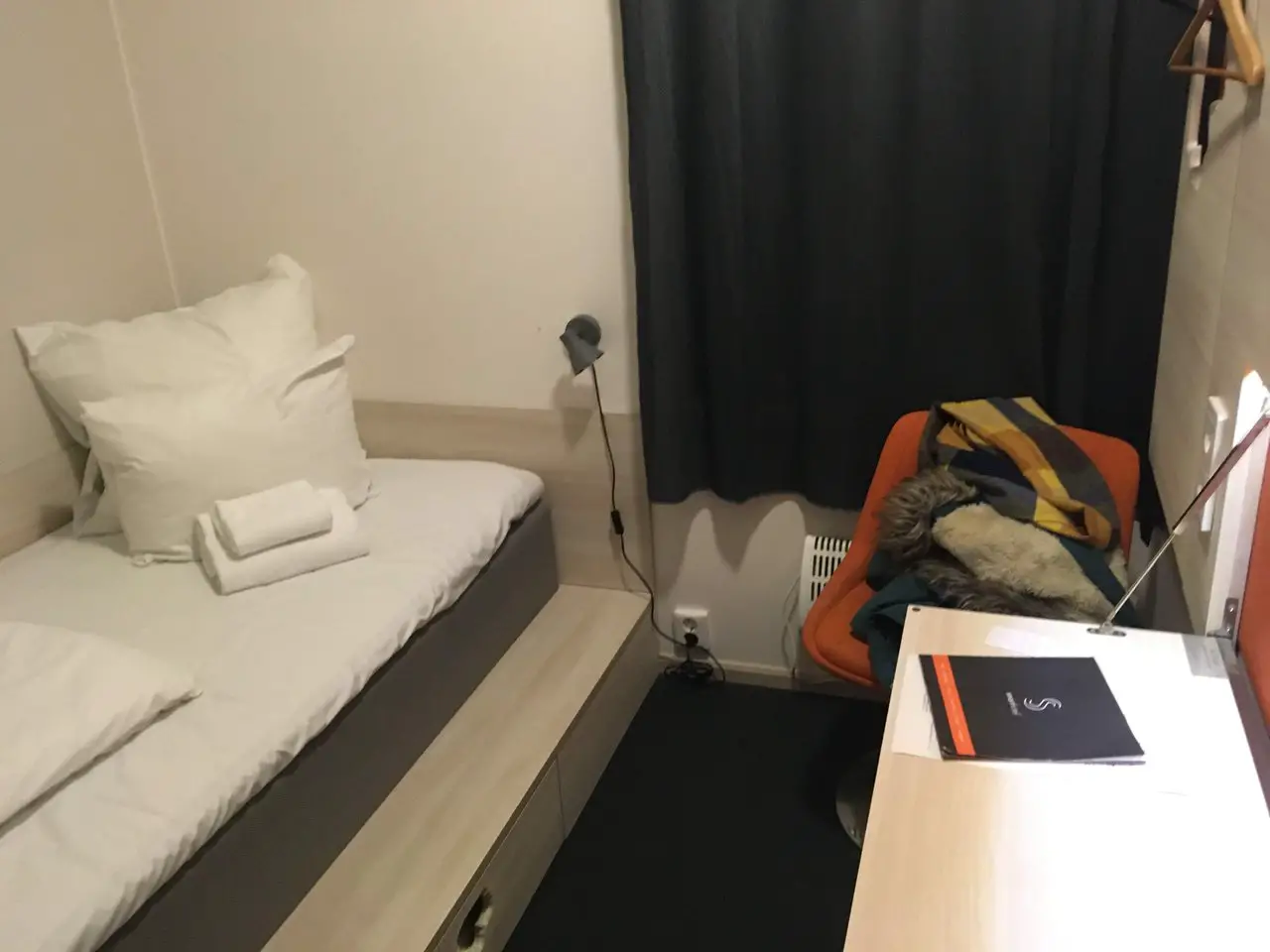
Hotel prices in Oslo are crazy, so finding cheap accommodation is absolutely essential.
Budget Hotel
Finding this amazing budget hotel was a complete lifesaver for me! This amazingly cheap Norwegian hotel chain offers rooms right in the city centre for rock bottom prices. Their ethos is to keep rooms as small and basic as possible to keep costs down for visitors.
This was perfect for me! Who needs a huge room when all you’re doing is sleeping there?
I stayed in a single room midweek in February and paid just 515 NOK (€45) for the night! This was insanely good value, and barely more than the price of staying in a hostel dorm room! Their reviews are excellent, the hotel is within walking distance to all the city’s attractions and my room was sparkling clean.
Hostel
If you want to meet other travellers or my recommended hotel is fully booked, you can stay at a hostel to keep costs down. This popular hostel has a solid rating on Hostelworld and is central to all the action.
Unfortunately, hostel beds (like a lot of things in Oslo) don’t come cheap. In any of Oslo’s hostels, expect to pay around 593 NOK (€54) per night in an 8 to 12-bed dorm.
Yikes!
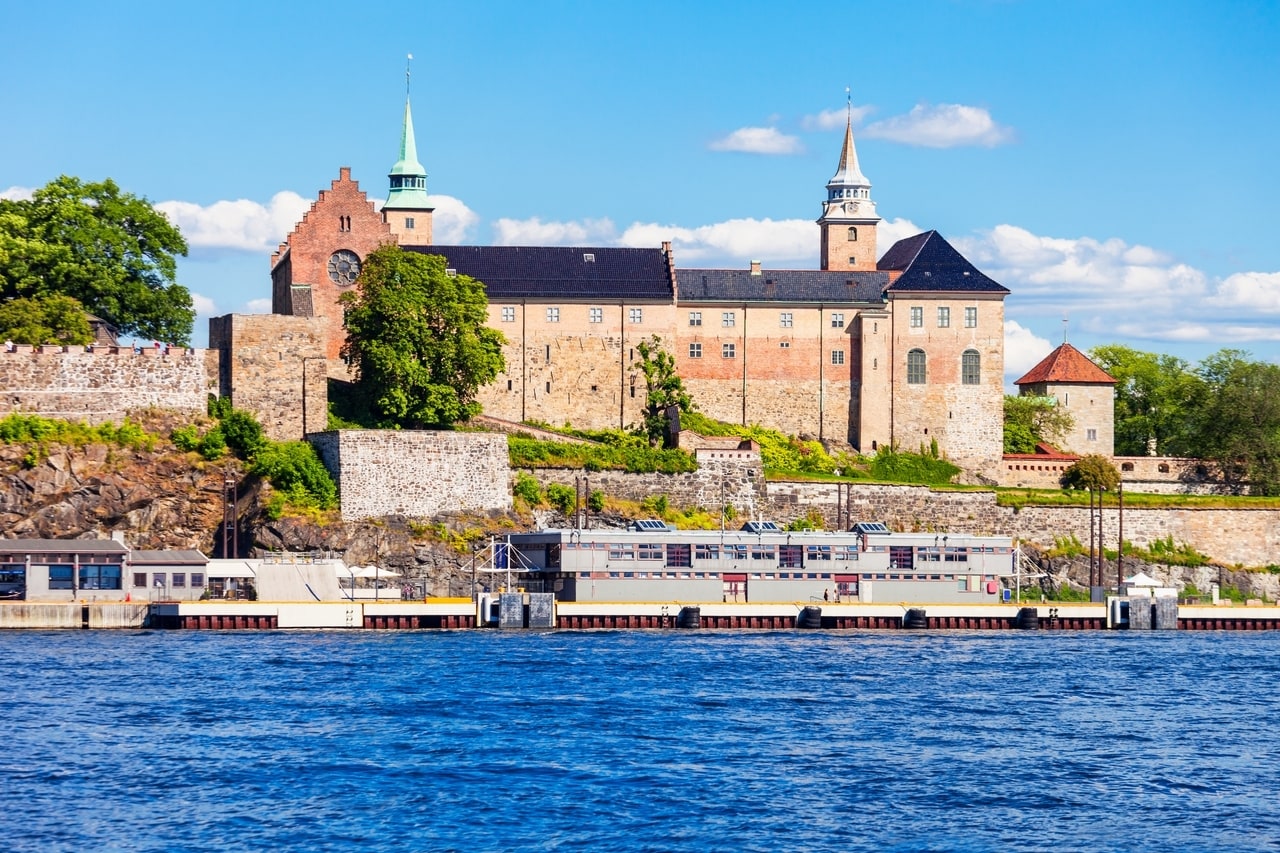
How to Save Money on Accommodation in Oslo
I’ve already covered my top find for an affordable hotel in central Oslo, but I do have one more budgeting trick up my sleeve to share: limit the number of nights you spend here.
I’m all about those crack-of-dawn outbound flights and late-night returns. Sure, it might mean dragging yourself out of bed at 3:30 am, but trust me, the savings are worth it.
Not only are these flights cheaper, since most normal people don’t want to get up that early and get home so late, but they also slash your accommodation costs.
On my trip to Oslo, I squeezed in two full days of sightseeing but only shelled out for one night’s stay, thanks to a 6am outbound flight and an 8pm return flight. If I’d opted for a midday flight on day one, I’d have wasted precious sightseeing time and ended up paying for an extra night’s accommodation.
Cost of Food and Drink in Oslo, Norway
The cost of food and drinks in Oslo is very high, especially compared to most other European capital cities.
Let’s go over how much you can expect to spend for each meal, and then I’ll share some of my top tips for visiting Oslo on a budget when it comes to food.
Breakfast
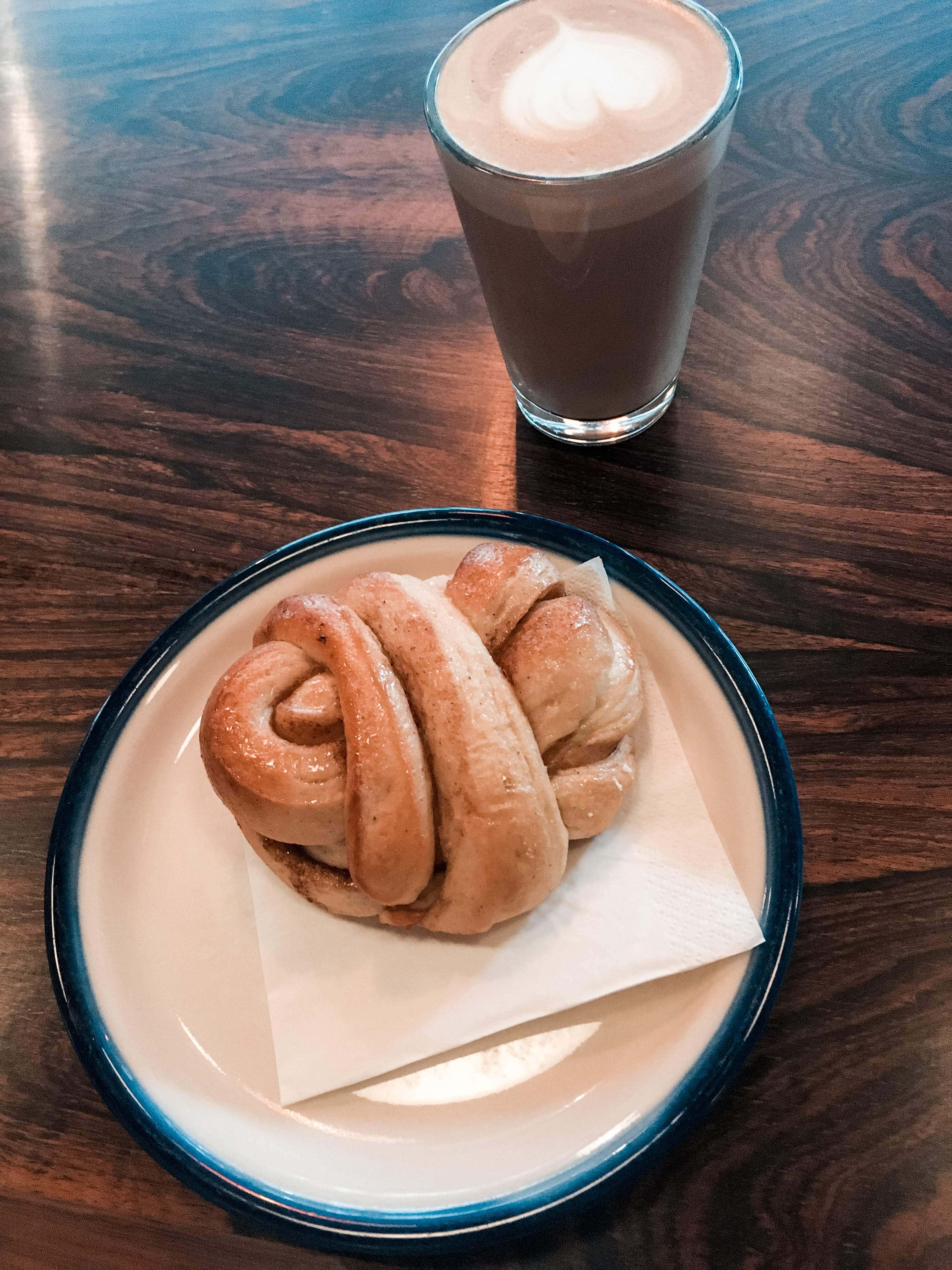
Let’s talk breakfast. A regular latte at a coffee shop costs around 60 NOK (€5.20) in Oslo, so quite a bit more expensive than elsewhere in Europe. Even my favourite coffee shops in London don’t come close!
My morning ritual in Oslo began with a coffee and a cinnamon bun that cost me 97 NOK (€9.35). Pricey? Yes. Worth it? Absolutely. The cinnamon bun was a piece of heaven, and they’re super popular in Norway.
This does give you an idea of why Oslo is a contender for the title of most expensive city in the world, though.
Even a simple croissant from the grocery store costs 20 NOK (€1.75). For something larger, bacon and egg on toast at a brunch cafe will set you back around 159 NOK (€13.85).
Lunch and Dinner

Oslo isn’t exactly world-famous for its culinary scene, so this is one of the few places where I’d recommend really limiting the amount you eat out at restaurants.
I only have one Oslo budget hack when it comes to restaurants, and that’s Kaffistova, a canteen-style restaurant where you can find more affordable traditional Norwegian dishes.
A big plate of Norwegian meatballs with mushy peas, boiled potatoes, gravy and Lingonberry sauce here costs around NOK 155 (€15.10), which is pretty good value for Oslo!
If you’re looking for a proper Norwegian restaurant experience, without going for something fancy, you can expect to pay:
- Main dish of pork knuckle with mashed potatoes and vegetables – NOK 389 (€34)
- Norwegian reindeer stew with mashed potatoes – NOK 375 (€33)
- Fish soup – NOK 245 (€21.50)
So, as you can see, the price of food in Norway has the potential to ruin your trip budget. Buying the majority of your food in Oslo for cheap (or at least cheap by Oslo standards) at grocery stores and then splurging for one meal a day at a Norwegian restaurant is the best way to stick to a budget.
Cost of Drinks in Norway

If you think food at restaurants in Oslo is expensive, you’ll be blown away by how expensive alcohol is.
Here’s my top budgeting tip for Oslo: although I hate to say it, if you want to visit Oslo on a budget you pretty much can’t touch alcohol. It’s notoriously expensive in Oslo’s bars and restaurants.
A pint of beer in a restaurant costs around 110 NOK (€9.65), with the cheapest bottle of wine at a restaurants costing around 480 NOK (€42)!
Of course, if you’re wanting to drink it’ll always be cheaper to buy alcohol at the supermarket. At around 32.5 NOK (€3.15) for a pint of beer, it’s way more affordable.
That said though, the alcohol laws in Oslo aren’t as relaxed as here in the UK, and you’re only able to purchase it from shops before 8pm on weekdays, or before 6pm on Saturdays. You can’t buy it at all on Sundays!
Drinking in public is also illegal in Norway, so you’d have to drink whatever you buy in your room. Overall, it’s a lot of hassle and very pricey to drink alcohol in Oslo, so it’s easier and better for your wallet to just avoid it completely during your trip.
Price of Activities in Oslo
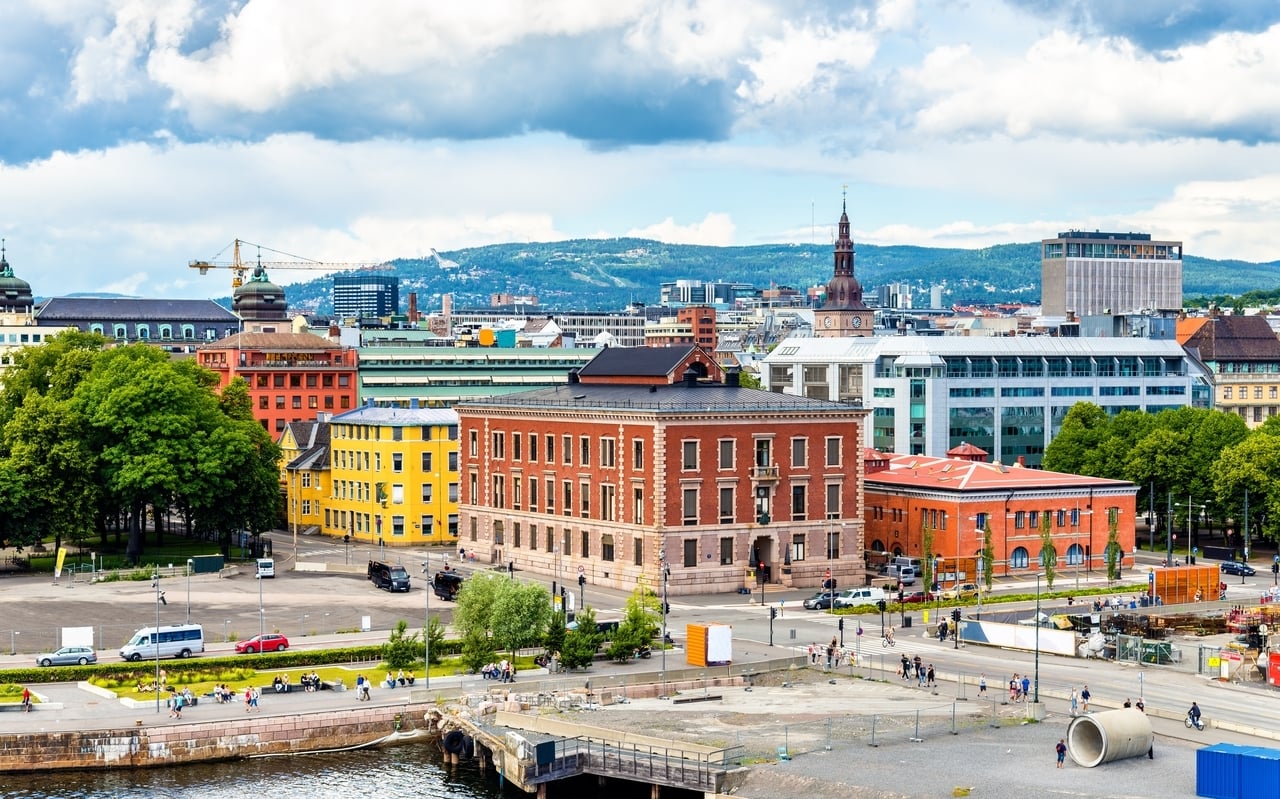
Activities in Oslo is probably the only category that I can say, without a doubt, is affordable, and that’s thanks to a little thing called The Oslo Pass. This is a total game changer when it comes to sightseeing in Oslo on a budget!
I’m a huge museum fan, and with the number of amazing museums in Oslo you soon will be too! Unfortunately, unlike here in the UK, entry to museums isn’t free. In fact, it’s pretty darn pricey – unless you have the Oslo Pass!
You can get the pass for 24, 48 or 72 hours, and it includes all your public transport around the city and almost every attraction you’ll want to visit!
- 24 Hour Oslo Pass – NOK 520 (€45.60)
- 48 Hour Oslo Pass – NOK 760 (€66.50)
- 72 Hour Oslo Pass – NOK 895 (€78.50)
The average price of an adult entry ticket to Oslo’s museums without the Oslo Pass is NOK 140 (€12.40).
There are a couple of can’t-miss experiences in Oslo that aren’t included in the Oslo Pass that you’d be crazy to skip, like the Oslo Fjord Sightseeing Cruise (NOK 439 – €39) and the Oslo Fjord Floating Sauna (NOK 275 – €24).
As you can see, though, these really aren’t as expensive as you may expect.
Free Activities in Oslo

If you want to stick to a shoestring budget and can’t purchase the Oslo Pass (or if you aren’t a fan of museums) there are loads of free and cheap things to do in Oslo. In fact, some of the best things to do in Oslo are completely free!
The first attraction that springs to mind is the Vigeland Sculpture Park. Found in a section of the beautiful Frogner Park, this is super odd but also fascinating. Another iconic landmark in Oslo is the Oslo Opera House with its unusual roof. You can explore the outside (and enter the foyer to look around) for free.
Hanging out on the roof of the Opera House was one of the best things I did in Oslo as it was so peaceful up there and the views are amazing.
Those are just two examples of free things to do in Oslo off the top of my head, but there are plenty more. For example, you can watch the changing of the guard ceremony at the royal palace or even go to the beach!
Student Discounts
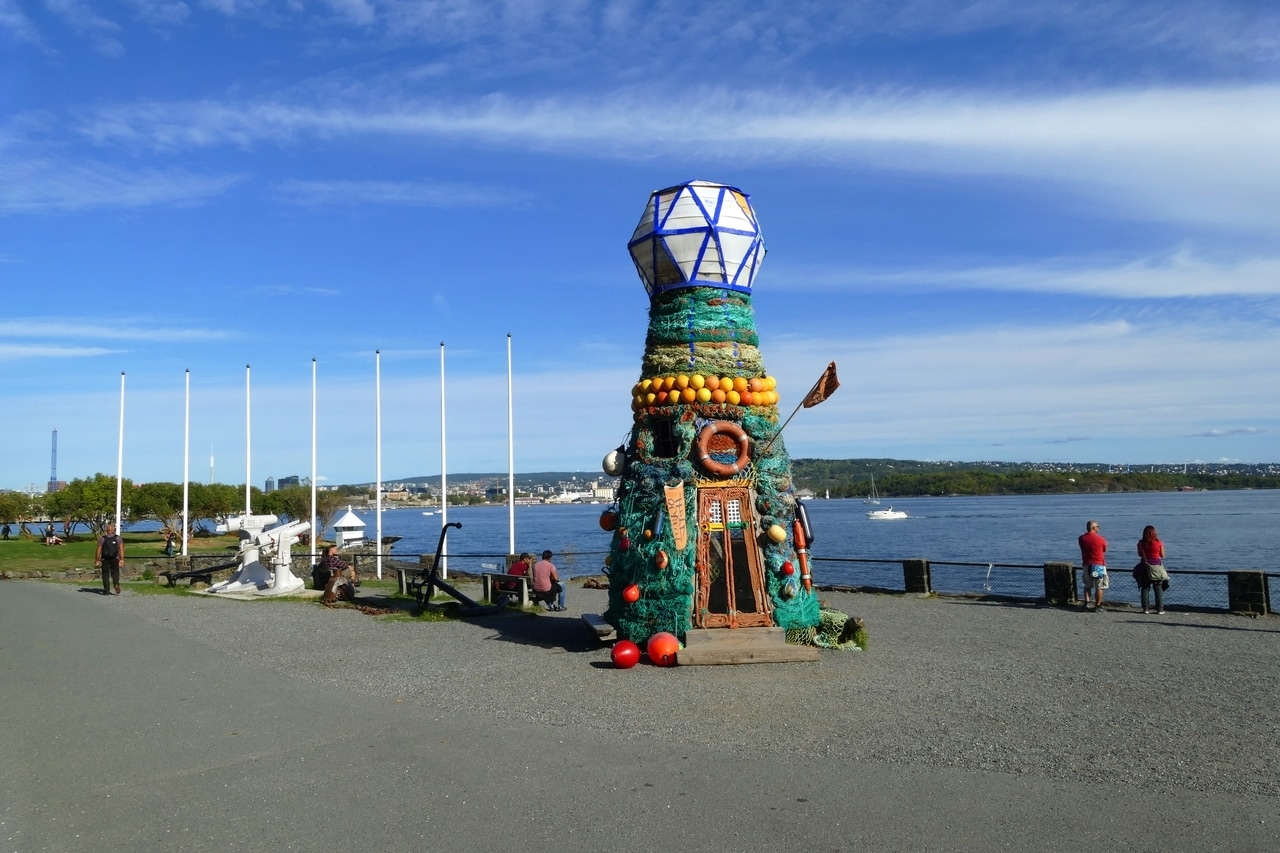
If you have a student card make sure to bring it to Oslo! Student discounts are everywhere, and they’re not just the miserly 10% we’re accustomed to here in the UK.
Sometimes, simply showing your student card can score you a discount of up to 50% on transportation, museum entry, and even restaurants!
Oslo Transportation Costs
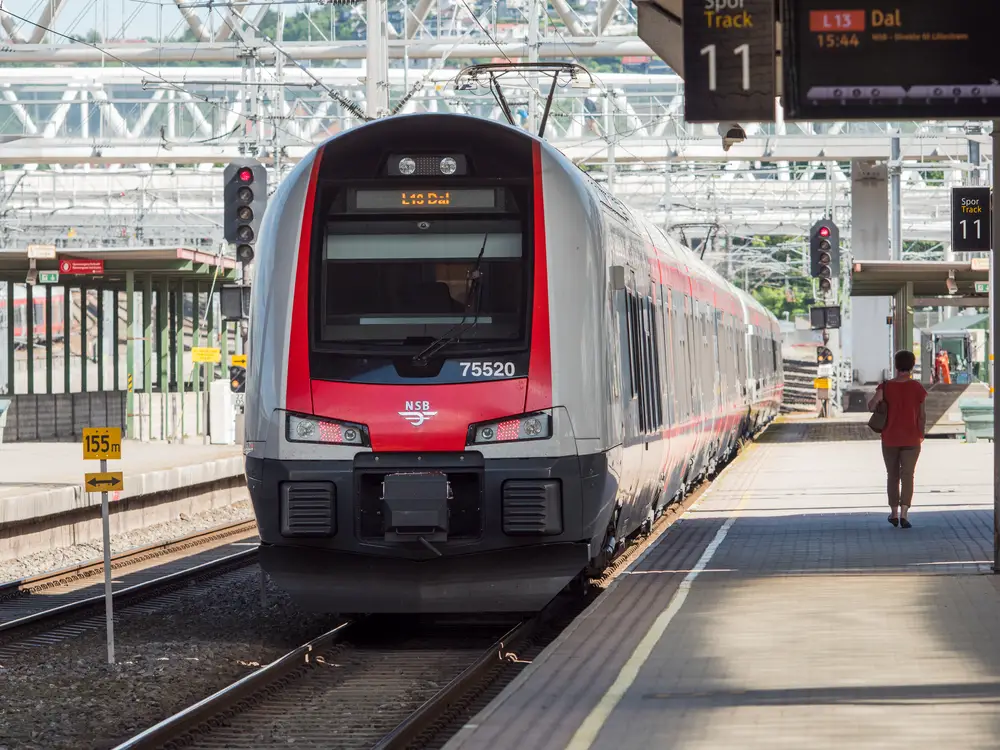
As I mentioned earlier, the wonderful Oslo Pass covers all of your city centre public transportation, so, if you get the pass, you don’t need to worry about the price of this at all!
If you’re not getting the Oslo Pass, you’ll need to get either single transportation tickets or a 24-hour transportation pass.
The prices depend on how many transport zones you’re travelling across, with a one zone single ticket costing NOK 42 (€3.70) and a 24-hour pass for one zone costing NOK 127 (€11.15).
However, the pass doesn’t include your transport to and from the airport. That’s where I have another Oslo budget trick to share:
From Oslo Gardermoen Airport you can either take the Flytoget Express Train or the regional Vy train. Flytoget takes between 15 and 20 minutes and costs NOK 230 (€20) one-way (with a 50% discount for students).
The Vy train takes around 23 minutes and costs NOK 124 (€10.90) one-way (with 25% off for students).
Not so much of a difference in journey time, but a huge price difference!
Cost of Travel Insurance For Norway
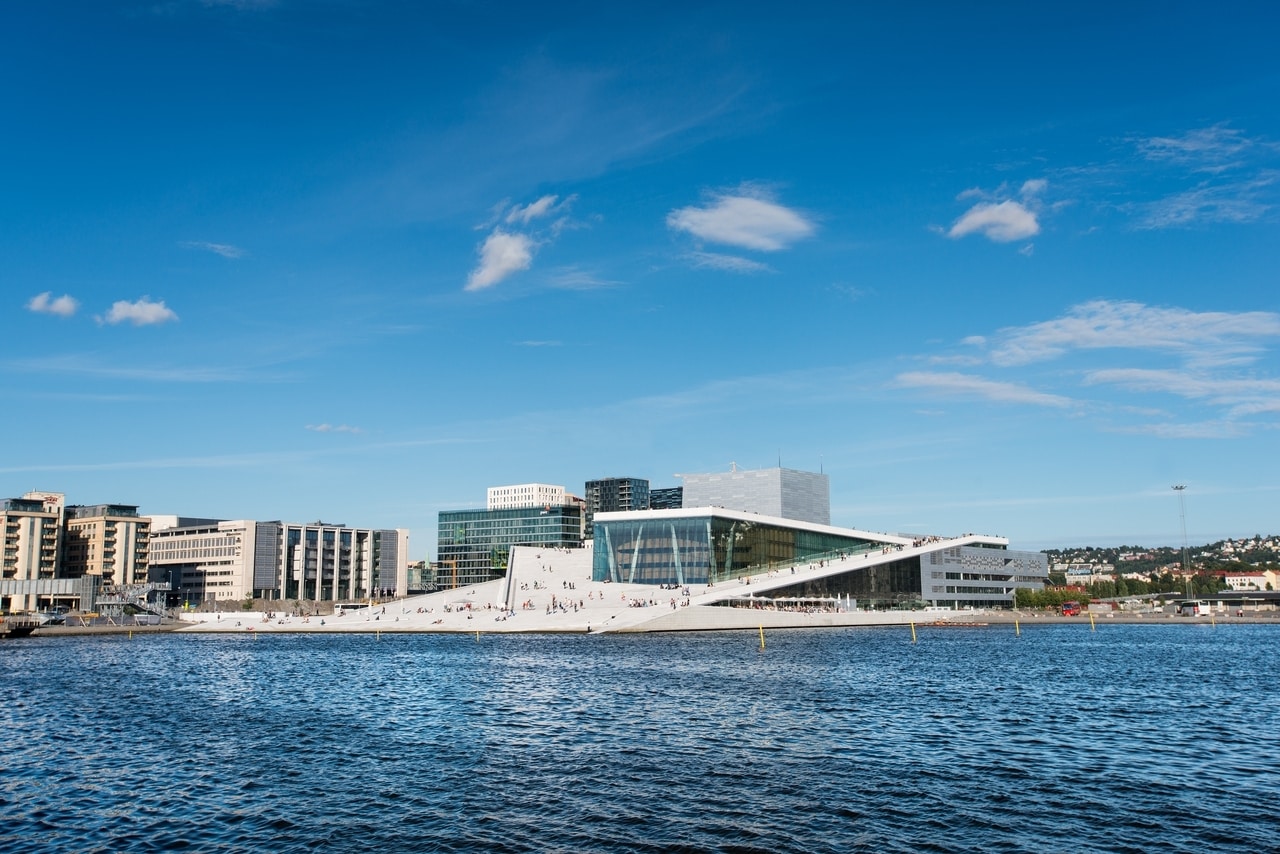
I never travel anywhere without travel insurance, and you shouldn’t either.
Travelling without insurance is a risk not worth taking, even in safe destinations like Norway. Unforeseen circumstances, like flight delays or lost belongings, can happen to anyone.
For a reliable travel insurance that won’t empty your pockets, I recommend SafetyWing, a favourite among adventurers and backpackers worldwide.
Starting at just €13 for a week’s coverage (that’s less than €2 per day!), it’s a budget-friendly option for peace of mind, and could save you thousands.
Get a quote from SafetyWing here!
Top Budget Tip: Travel During the Offseason
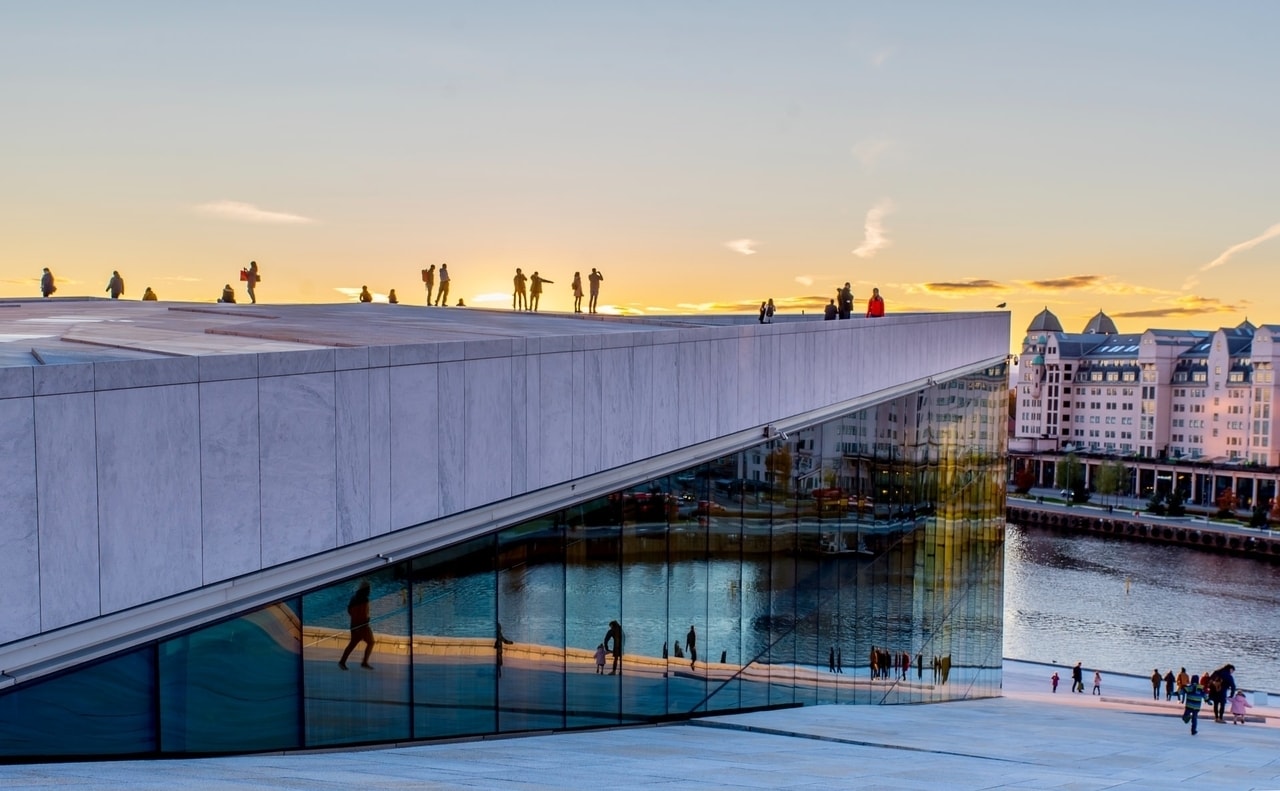
People don’t want to visit Oslo in winter as they think it’s going to be absolutely freezing, but it doesn’t actually get that cold! Winter temperatures in the city hover between 1 and – 4°.
Don’t get me wrong, that is definitely cold, but not cold enough to ruin your trip if you pack properly. Like almost everywhere, if you visit Oslo during the “off” season, you’ll make big savings on flights and accommodation.
What’s more, you’ll also have more choice as your preferred flights and hotels are less likely to be fully booked.
It’s also always going to be cheaper to visit Oslo mid-week rather than on a weekend trip.
My 2 Days in Oslo Budget

Overall, for my two days and one night in the city, I spent 2118 NOK (€185/£159)!!
This included EVERYTHING – my flights, hotel, transportation, Oslo Pass, coffee, food – you name it!
Is Oslo cheap? No – but I was so surprised by how easy it actually is to travel in Oslo on a budget, provided you do your research (like reading this blog!) and make a few sacrifices.
Is Oslo Expensive For Tourists?
There’s no doubt that Oslo is expensive – both to visit, and to live in. After all, Norway is one of the most expensive countries in the world, so it makes sense that living costs in Oslo don’t come cheap.
It’s well worth visiting, though.
As you can see from this post, though, it’s definitely possible to visit Oslo on a budget and still have a great time! In fact, you might be surprised by just how little you can spend here.
Liked this post? Pin it!
